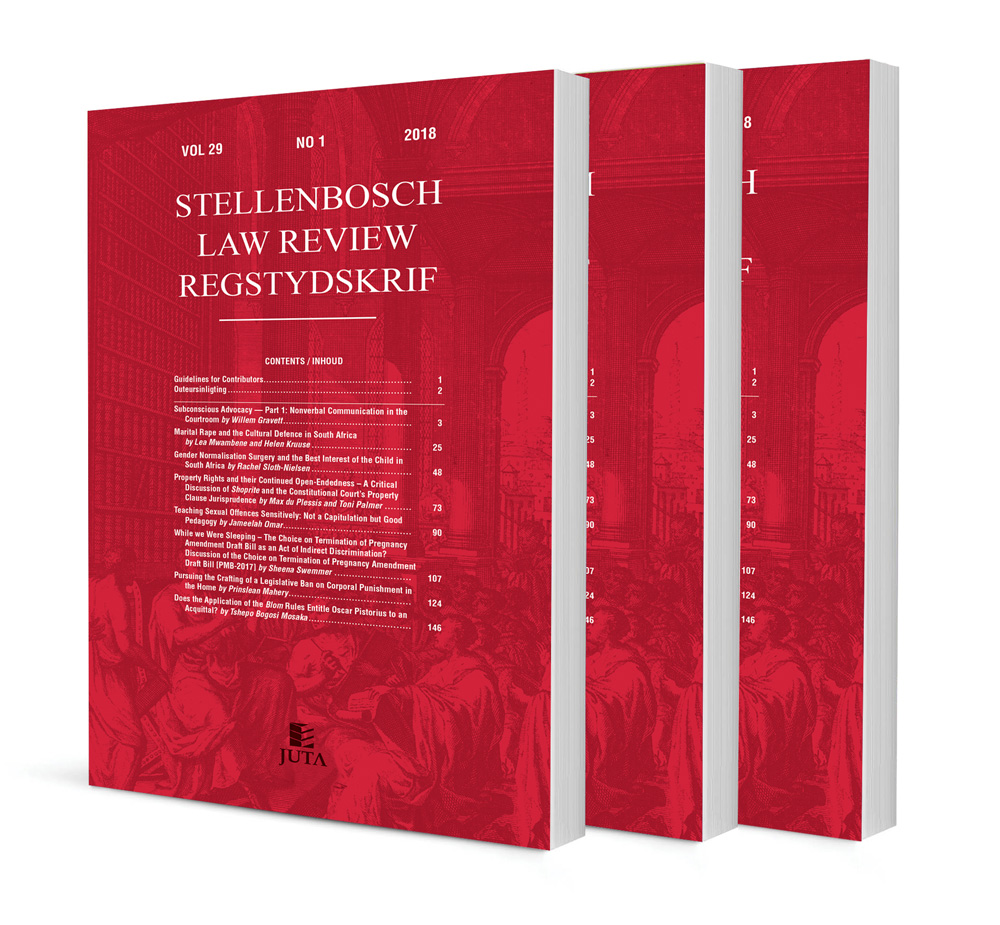The uncertain constitutional duty to internally investigate and remedy state impropriety

The uncertain constitutional duty to internally investigate and remedy state impropriety
Authors: Nicholas Herd and Melanie Jean Murcott
ISSN: 1996-2193
Affiliations: LLB (University of Pretoria), Law Researcher, Office of the Chief Justice (Constitutional Court of South Africa); LLB (University of Cape Town), LLM (University of Pretoria), LLD (University of the North-West), Associate Professor, Institute of Marine and Environmental Law, University of Cape Town
Source: Stellenbosch Law Review, Volume 34 Issue 1, 2023, p. 27 – 53
https://doi.org/10.47348/SLR/2023/i1a2
Abstract
It may seem axiomatic that the Constitution of the Republic of South Africa, 1996 imposes a general duty on public functionaries to investigate and remedy potential state impropriety, such as corruption, committed within the state. Public functionaries are, after all, supposed to be accountable to the public, and are enjoined by the Constitution to uphold and protect the rule of law. However, conflicting Constitutional Court jurisprudence gives rise to legal uncertainty about the existence of a general constitutional duty to investigate and remedy impropriety. This article explores whether public functionaries are obliged – as a matter of constitutional law – to respond when they become aware of actual or probable state impropriety. First, we argue that investigations have instrumental value, align with constitutional imperatives, and are mandated by relevant provisions of the Constitution. Secondly, we deduce that the overriding position emerging from the Constitutional Court’s decisions on the obligations of state functionaries constitutes judicial recognition of a general duty to investigate and remedy potential state impropriety. Finally, we conclude that to advance the rule of law, amongst other values of South Africa’s constitutional order, the legal position should be clarified in future jurisprudence and through legislative intervention.